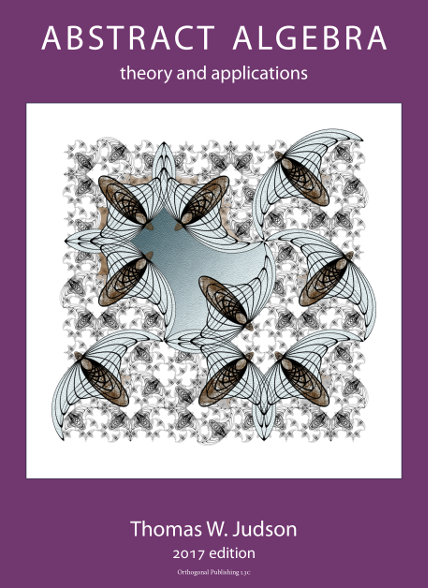Chapter5Permutation Groups
¶Permutation groups are central to the study of geometric symmetries and to Galois theory, the study of finding solutions of polynomial equations. They also provide abundant examples of nonabelian groups.
Let us recall for a moment the symmetries of the equilateral triangle \(\bigtriangleup ABC\) from Chapter 2. The symmetries actually consist of permutations of the three vertices, where a permutation of the set \(S = \{ A, B, C \}\) is a one-to-one and onto map \(\pi :S \rightarrow S\text{.}\) The three vertices have the following six permutations.
\begin{align*} \begin{pmatrix} A & B & C \\ A & B & C \end{pmatrix} \qquad \begin{pmatrix} A & B & C \\ C & A & B \end{pmatrix} \qquad \begin{pmatrix} A & B & C \\ B & C & A \end{pmatrix}\\ \begin{pmatrix} A & B & C \\ A & C & B \end{pmatrix} \qquad \begin{pmatrix} A & B & C \\ C & B & A \end{pmatrix} \qquad \begin{pmatrix} A & B & C \\ B & A & C \end{pmatrix} \end{align*}We have used the array
\begin{equation*} \begin{pmatrix} A & B & C \\ B & C & A \end{pmatrix} \end{equation*}to denote the permutation that sends \(A\) to \(B\text{,}\) \(B\) to \(C\text{,}\) and \(C\) to \(A\text{.}\) That is,
\begin{align*} A & \mapsto B\\ B & \mapsto C\\ C & \mapsto A. \end{align*}The symmetries of a triangle form a group. In this chapter we will study groups of this type.
